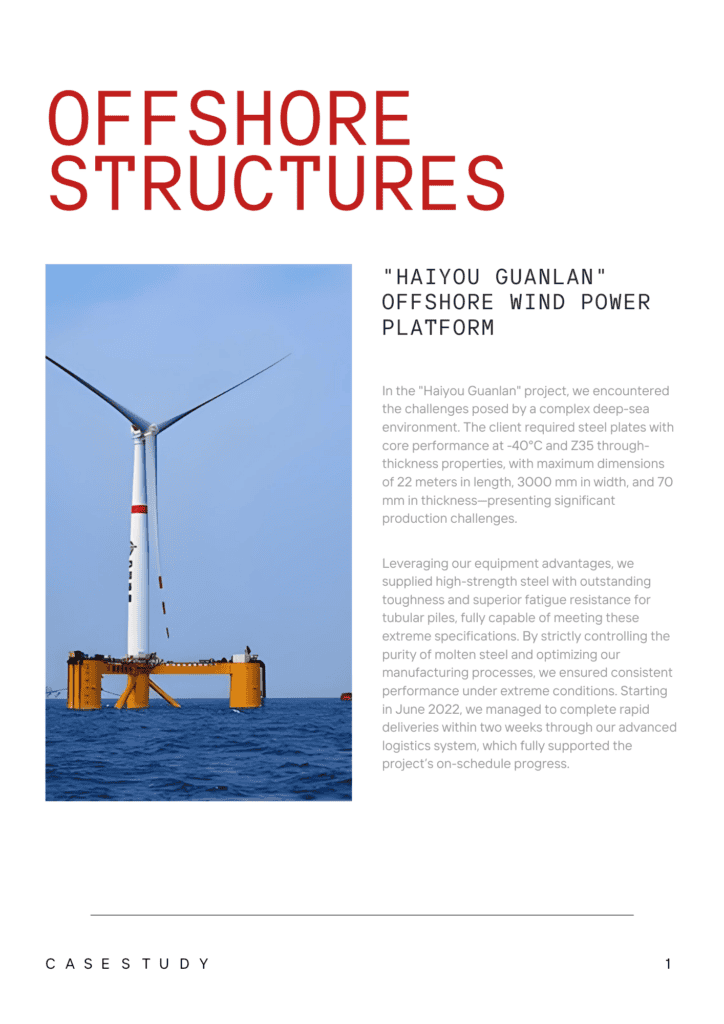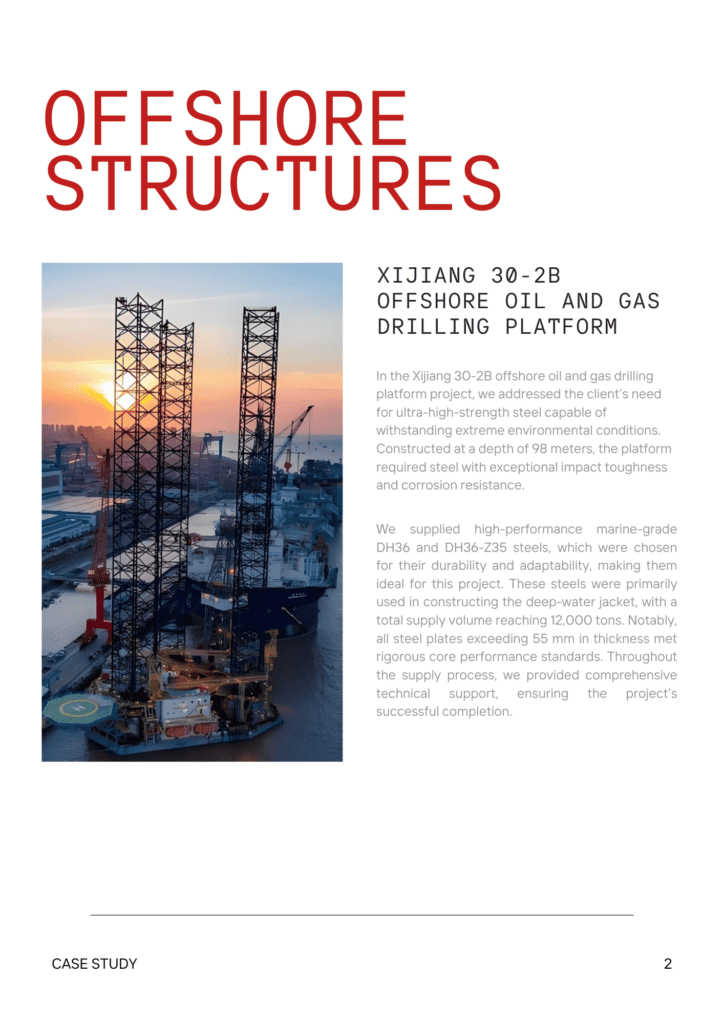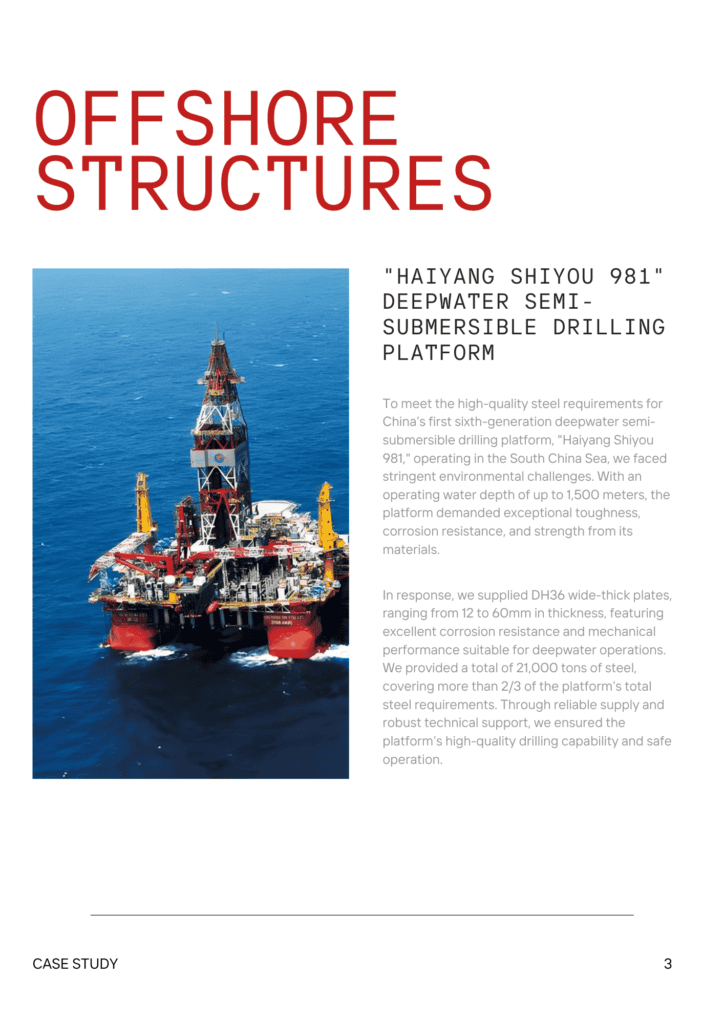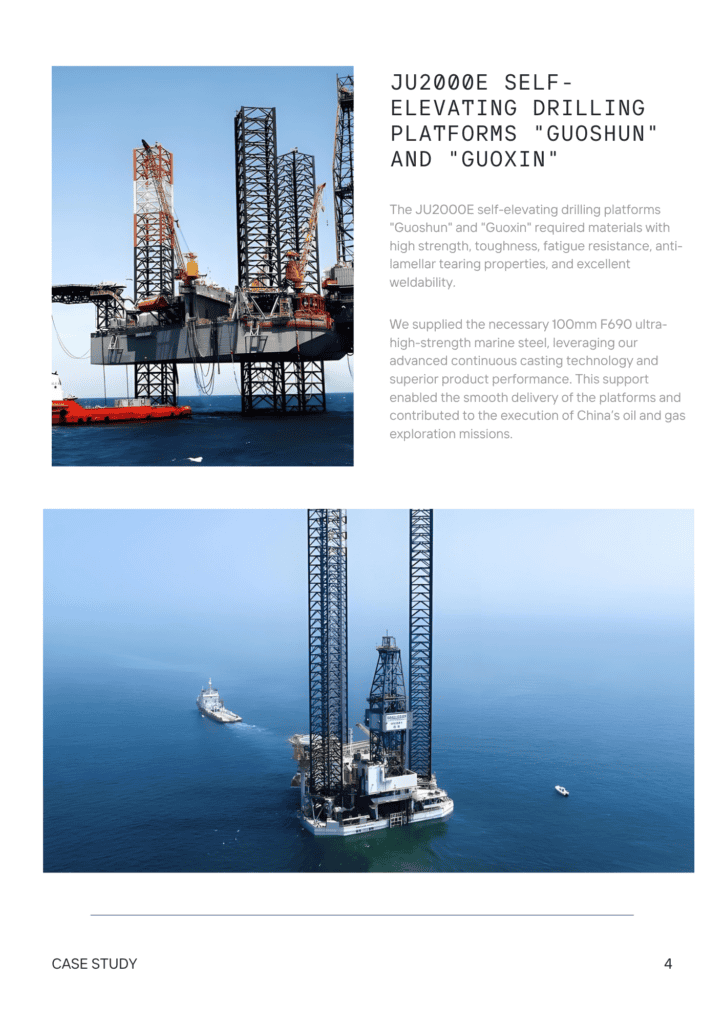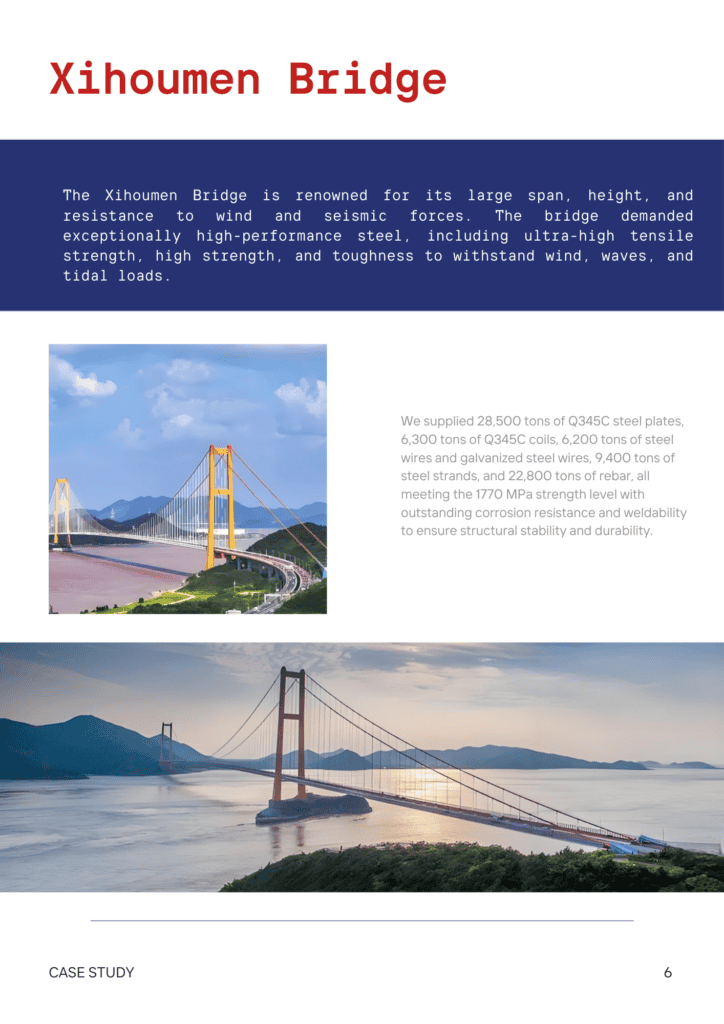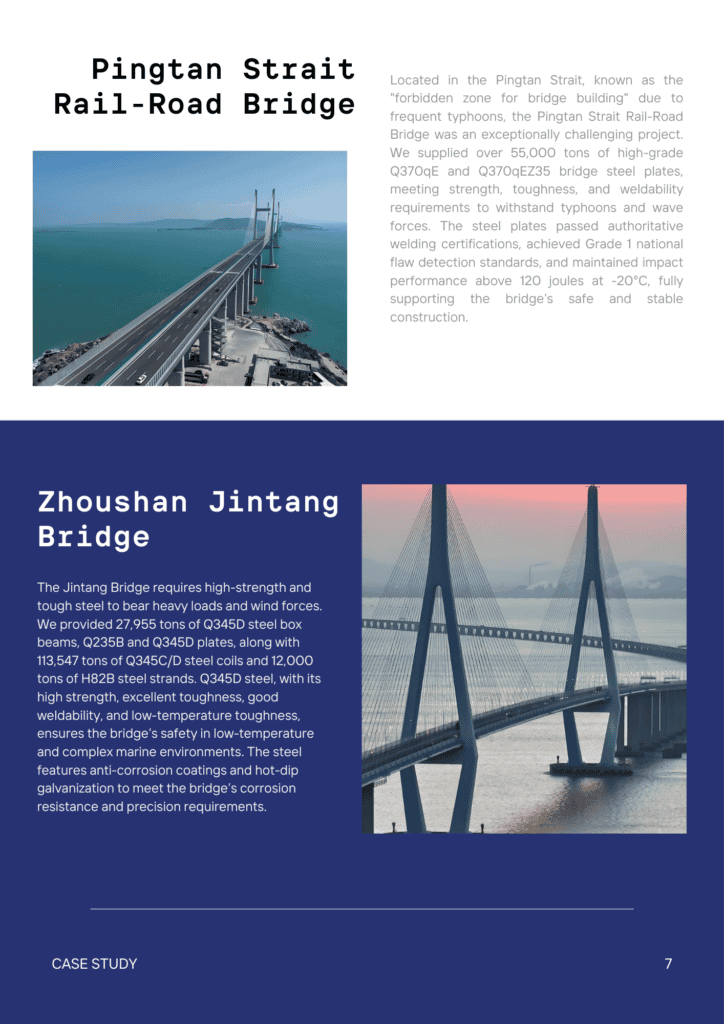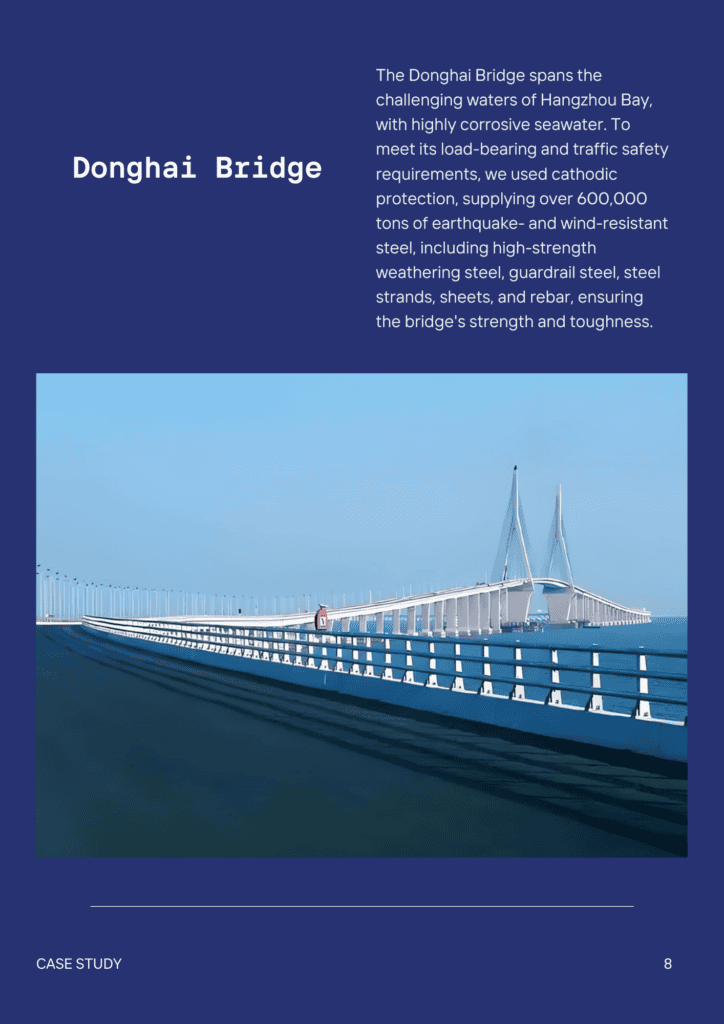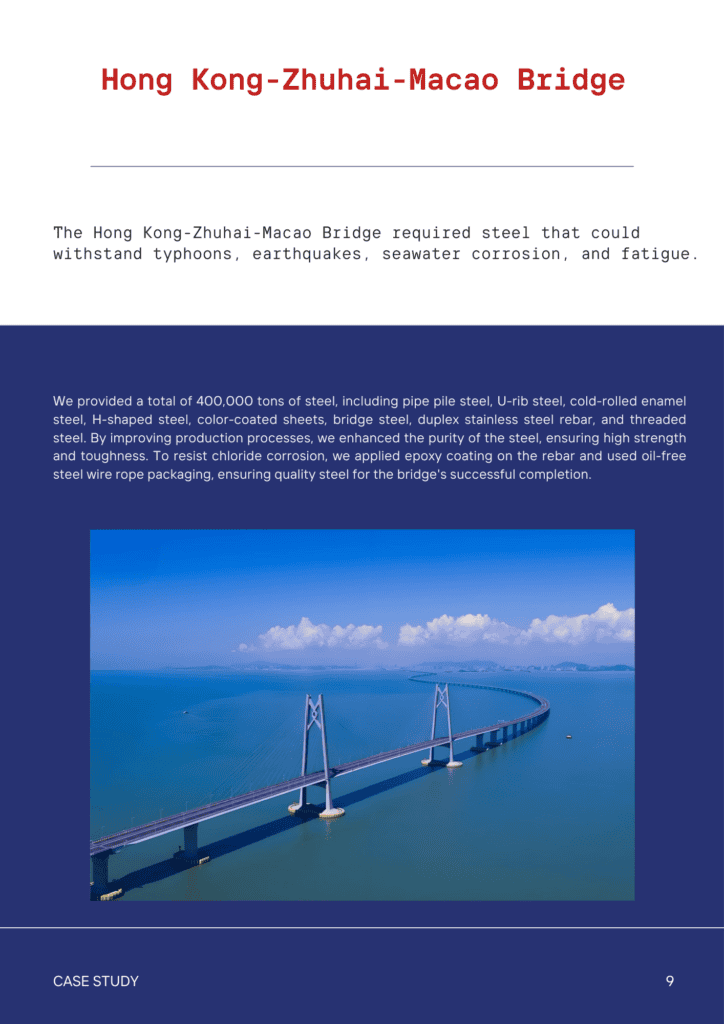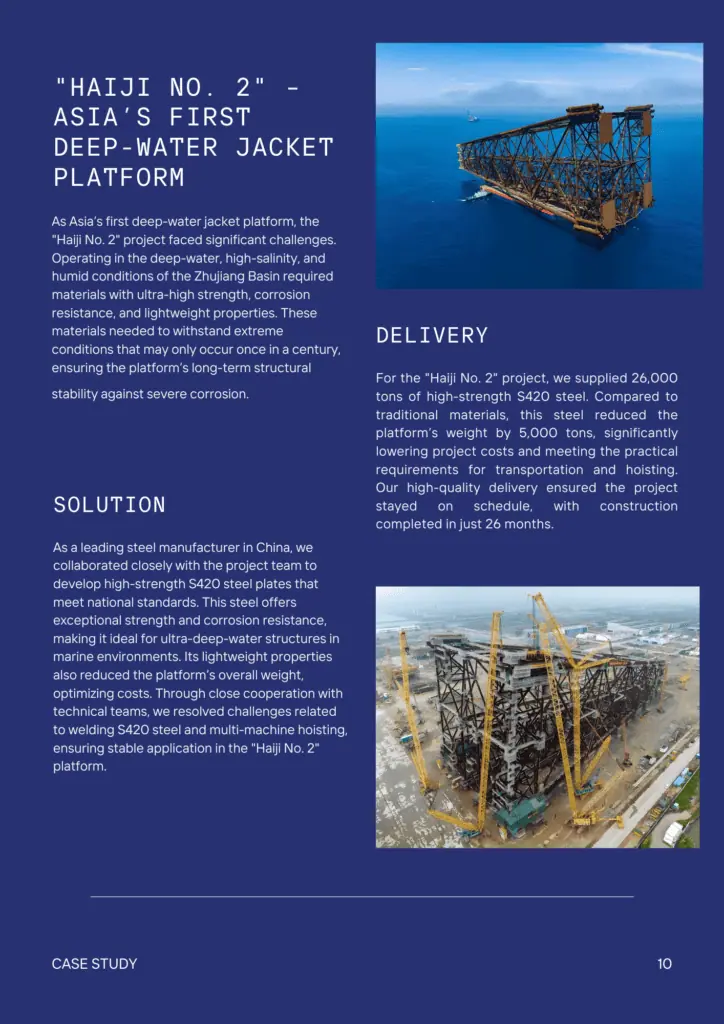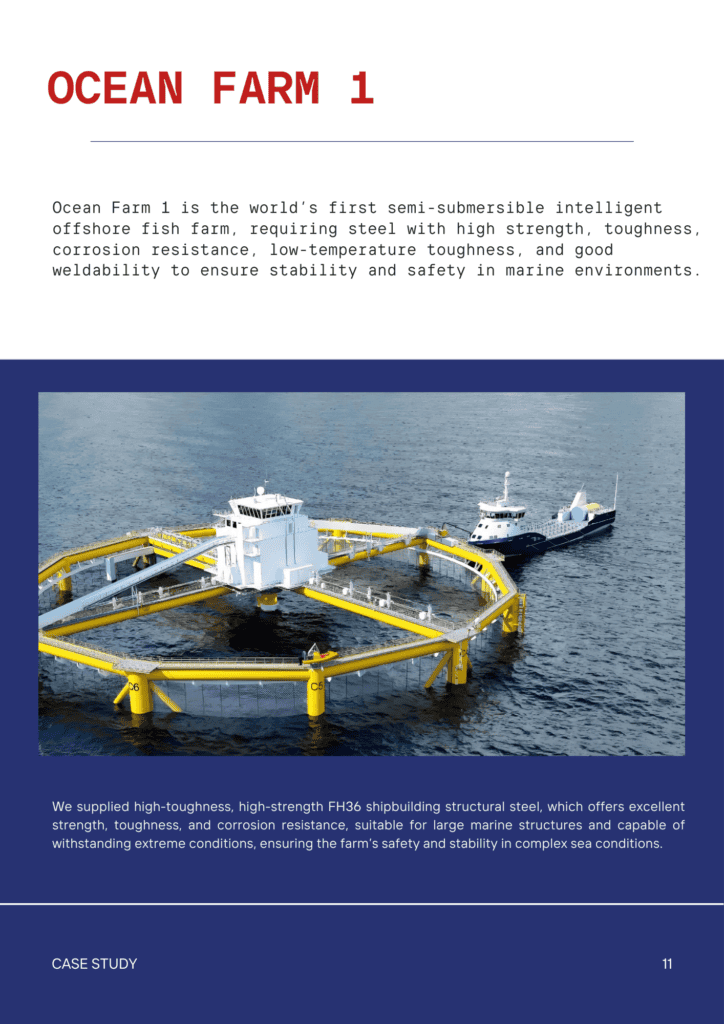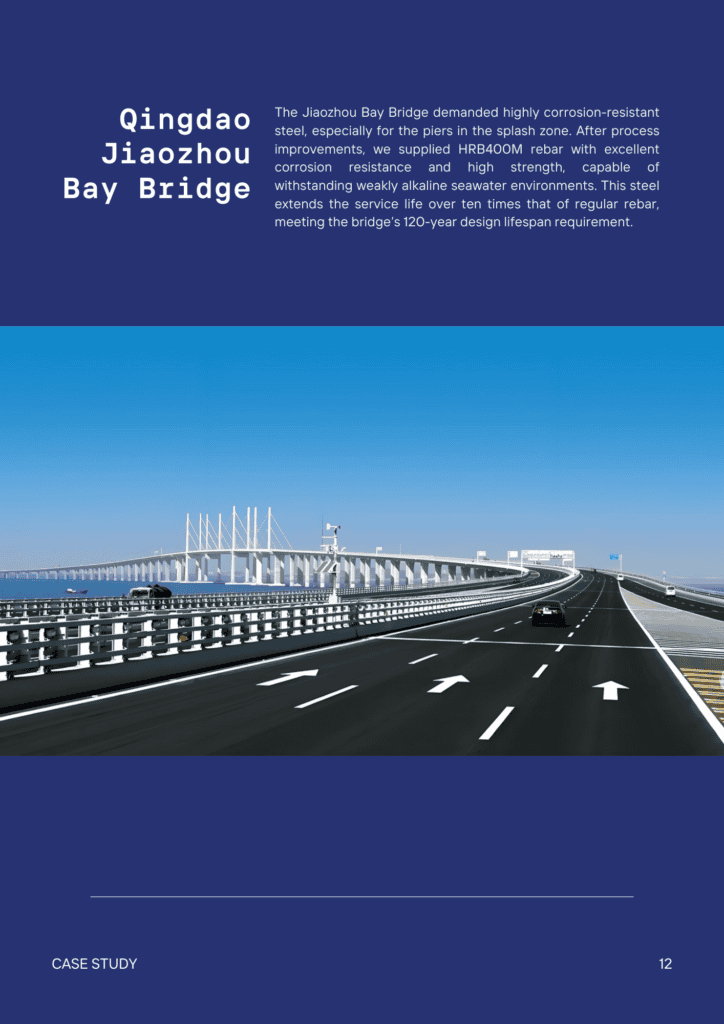Contents
Fast Way to Rust Galvanized Metal
- John
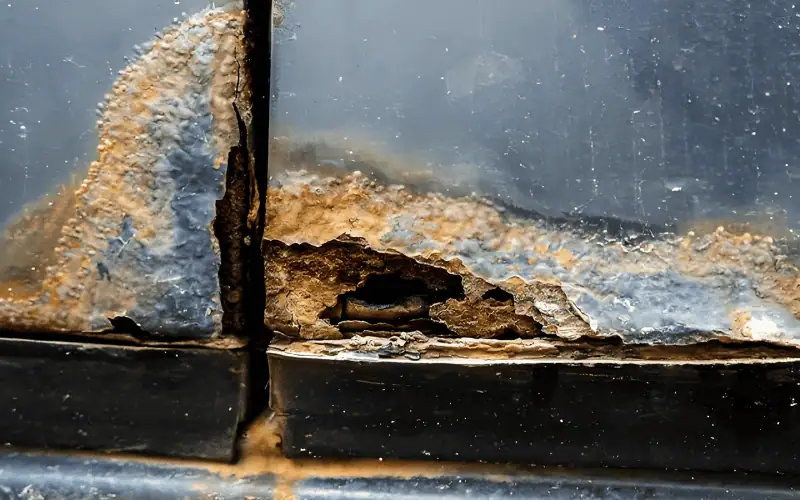
Rusting galvanized metal can add unique character and functionality to your project, whether for aesthetic appeal or functional purposes.
In this guide, we’ll cover everything from benefits to fast methods, precautions, and how to achieve a distinct, rusted look quickly at home. In the end, you’ll possess all the insight required to address rusting galvanized metal with assurance and safety. Let’s dive in and get your metal projects started!
Benefits of Rusting Galvanized Metal
Rusting galvanized metal not only enhances its visual appeal but also improves functionality, making it adaptable to different environments. Here are the key benefits:
Unique Aesthetic Appeal
Rusting adds a distinctive, aged look that enhances character, making the metal suitable for rustic or vintage decor.
Protective Layer Formation
The rust layer acts as a natural barrier, reducing further oxidation and protecting the inner layers of the metal.
Sacrificial Anode Effect of Zinc
Zinc acts as a sacrificial anode, which means it deteriorates before the steel beneath it, increasing the metal’s total lifespan.
Improved Adhesion for Coatings
Rusting roughens the surface, improving the adhesion of paints or coatings and ensuring they stay intact longer.
Enhanced Environmental Adaptability
Rusted metal can withstand varying conditions like humidity and temperature changes, making it adaptable to diverse climates.
Cost-Effectiveness
Once rusted, the metal requires less maintenance, reducing long-term upkeep costs and making it a budget-friendly option for certain applications.
Rusting galvanized metal adds character and protection, but if you prefer a more durable finish, SteelPRO Group also offers standard galvanized steel products, such as dx53d Galvanized Steel PPGI. These provide long-lasting corrosion resistance without the need for rusting.
Fast Way to Rust Galvanized Metal At Home
If you’re aiming to fully rust galvanized metal, these steps are designed to break down the zinc coating, exposing the metal underneath to create a more intense rust effect. Note that these methods will likely compromise the protective zinc layer.
Method 1: Hydrochloric Acid Pre-Treatment and Vinegar
- Prepare the Surface with Acid: Apply a diluted hydrochloric acid solution (10-15%) to the galvanized metal to strip away the zinc coating. This step helps expose the base steel for more aggressive rusting.
- Caution: Use gloves and goggles; work outdoors to avoid inhaling fumes.
- Rinse Thoroughly: After a few minutes, thoroughly wash the metal with water to eliminate any leftover acid.
- Apply Vinegar Solution: Mix 1 cup of vinegar with 1 tablespoon of salt in a spray bottle and apply it liberally over the entire surface.
- Let It Sit for Deeper Rust: Allow the metal to sit for a few hours, reapplying the vinegar as needed.
- Rinse and Air Dry: Rinse off the vinegar and let the metal dry to continue the rusting process.
Method 2: Muriatic Acid and Salt Solution
- Etch with Muriatic Acid: Use a diluted muriatic acid solution to strip off the zinc coating. Apply with a rag or brush, ensuring good coverage.
- Safety Tip: Work in a well-ventilated area with protective gear, as muriatic acid is highly corrosive.
- Neutralize and Rinse: Completely rinse the metal with water to counteract the acid.
- Salt Application: While the metal is still wet, sprinkle salt generously across the surface. This will initiate the rusting on the exposed steel.
- Leave to Oxidize: Allow the salt to sit on the metal for several hours, preferably in a humid environment to encourage rust formation.
- Rinse and Dry: Once the rusting process is visible and to your liking, rinse off the salt and allow the metal to dry.
Method 3: Bleach and Hydrogen Peroxide
- Prepare Surface with Light Sanding: Lightly sand the metal to roughen the surface, aiding in faster breakdown.
- Apply Bleach Solution: Soak a rag in bleach and rub it over the surface to accelerate oxidation.
- Spray with Hydrogen Peroxide: Spray hydrogen peroxide over the bleach-treated metal for a stronger rusting reaction.
- Reapply as Needed: Repeat the bleach and hydrogen peroxide application every hour until deep rusting is visible.
- Final Rinse and Dry: Once you reach the desired rust effect, rinse the metal with water and let it air dry completely.
Method 4: Saltwater Submersion
- Prepare a Saltwater Bath: In a large container, mix a high concentration of salt with warm water until fully dissolved.
- Submerge the Metal: Place the metal completely into the saltwater bath, allowing it to soak for 12–24 hours.
- Expose to Air for Oxidation: After soaking, remove the metal from the bath and let it sit exposed to the air. This will accelerate rusting as the metal dries.
- Repeat Soak and Air Exposure: Repeat the soaking and air-drying cycle multiple times to deepen the rust.
- Rinse and Final Dry: Once satisfied with the level of rust, rinse the metal and let it dry fully.
Precautions for Rusting Galvanized Metal
- Use Proper Ventilation: Always work in a well-ventilated area, preferably outdoors, to avoid inhaling fumes from chemicals.
- Wear Protective Gear: Wear gloves, safety glasses, and a mask to shield yourself from harsh chemicals and metal fragments.
- Avoid Skin Contact: Chemicals like muriatic acid and bleach can irritate or burn the skin. Handle carefully and avoid direct contact.
- Neutralize Acid After Use: Rinse thoroughly to neutralize any acid residue and prevent it from continuing to corrode the metal.
- Keep Away from Children and Pets: Store chemicals and rusted items out of reach to prevent accidental exposure or ingestion.
- Dispose of Chemicals Safely: Follow local disposal regulations for chemicals like acids, bleach, and hydrogen peroxide to avoid environmental harm.
- Protect Surrounding Surfaces: Rusting chemicals can damage floors, counters, and other surfaces, so work over a disposable or protected surface.
- Monitor Rusting Process: Check the metal periodically to ensure it doesn’t rust beyond your desired level.
Difference Between Rusting and Aging Galvanized Metal
While rusting and aging galvanized metal can create similar visual effects, they are distinct processes with different outcomes.
Rusting
- Process: Rusting removes the zinc layer, exposing the steel underneath to oxidation, creating a deeper, reddish-brown rust layer.
- Appearance: Rusting results in a rough, flaky texture with a distinct rusty color.
- Durability: Rusted metal is more prone to structural degradation over time.
Aging
- Process: Aging preserves the zinc layer but oxidizes it slightly, creating a thin, protective patina without fully exposing the steel.
- Appearance: Aged metal has a matte, lightly weathered look with subtle grays and whites.
- Durability: Aging maintains the protective zinc coating, offering continued corrosion resistance.
Related Reading
How to Age Galvanized Metal?
What Liquid Makes Metal Rust the Fastest?
A blend of hydrogen peroxide, vinegar, and salt is among the quickest methods to corrode metal. The peroxide oxidizes the metal quickly, while vinegar and salt enhance the rusting effect.
How to Make Corrugated Metal Look Rusty?
To make corrugated metal look rusty, lightly sand the surface, then mix equal parts vinegar, hydrogen peroxide, and 1 tablespoon of salt in a spray bottle. Spray evenly over the metal and let sit for several hours or overnight, reapplying if needed for a deeper rust. Once rusted to your liking, rinse, dry, and optionally seal with a clear matte finish.
Related Reading
How to Install Galvanized Corrugated Metal Roofing?
How to Make Metal Rust Overnight?
To rust metal overnight, sand the surface, then spray it evenly with a mix of hydrogen peroxide and salt. Place in a humid area, check periodically, and reapply if deeper rust is desired. Once satisfied, rinse and dry to stop the reaction, and optionally seal to keep the rusted look.
Reliable Galvanized Steel Manufacturer
At SteelPRO Group, we specialize in high-quality galvanized steel with custom finishes, including rusted and aged looks. Whether you’re after a rustic aesthetic or a functional rusted finish, we can help achieve the perfect look for your project.
While rusting galvanized metal can enhance both appearance and performance, our team also ensures a controlled, durable, and consistent finish that meets your needs.
Contact us today for quotes or to explore our full range of galvanized steel products and custom surface treatments. Let SteelPRO Group bring your project to life!




